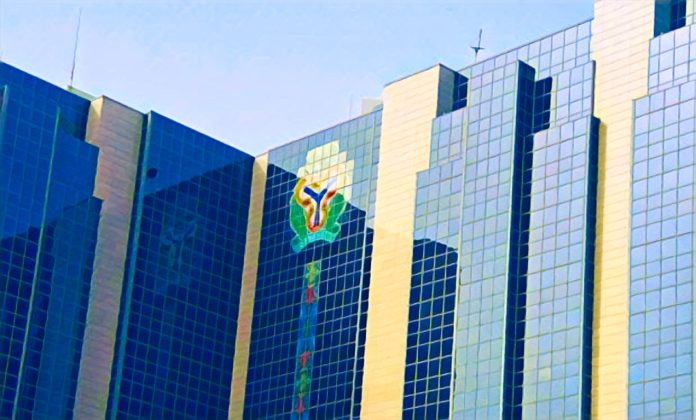Key Points
-
Banks place funds at SDF instead of lending.
-
Liquidity pressures push banks toward safer SDF returns.
-
The trend shows how banks place funds at SDF under tighter conditions.
As the economy’s demand for credit cools, Nigerian banks are putting more and more of their extra cash into the Central Bank’s Standing Deposit Facility.
According to Treasury officials, the change shows that lenders are being more careful with their money and are choosing safe overnight returns over expanding their loan books in times of uncertainty.
People in the market also say that recent liquidity flows show that banks are taking a defensive stance and prefer the SDF window even though lending rates are still high. Bank treasuries are locking up cash at the central bank instead of using it for riskier loans because they are under pressure to protect their balance sheets.
Banks put money in SDF with care
Chukwuma Soludo, an economist and former Deputy Governor of the CBN, said, “Banks are choosing the SDF because it offers guaranteed returns without credit risk.” Soludo said that lenders are holding onto liquid assets because companies are less likely to need credit and market conditions are unstable.
David Adonri, executive vice chairman at Highcap Securities, also said that “banks are wary of extending loans where repayment risk has risen, so SDF placements make strategic sense.” He said that the move shows that banks are being more careful as they deal with a tough macroeconomic environment.
Trends in liquidity affect SDF inflows
Ayodeji Ebo of Optimus by Afrinvest, one of the best treasury managers, said that system liquidity swings, like when the FAAC pays out money and government bonds mature, make short-term central bank placements more appealing. Ebo said, “Even though the SDF yield is lower than normal market rates, banks would rather have certainty than risk when things are unstable.”
The CBN’s standing deposit facility is like a safety valve for banks. It lets them park extra money overnight without worrying about borrowers defaulting. This facility has become an important tool for risk management for many institutions as they keep an eye on macroeconomic indicators and credit demand trends.
SDF placements show pressure to manage risk
Efe Obadan, an economist and former policy adviser from Lagos, said that the trend shows that banks are “putting capital preservation ahead of growth until economic signals get better.” It is said that risk committees at banks are making it harder to get loans, especially for industries that are hurt by currency instability and higher input costs.
Traders in the money market say that even though SDF yields are lower than normal lending rates, the instrument offers flexibility and security. The defensive stance should stay in place until companies are willing to borrow money again and the economy is stable enough for banks to make more loans.



